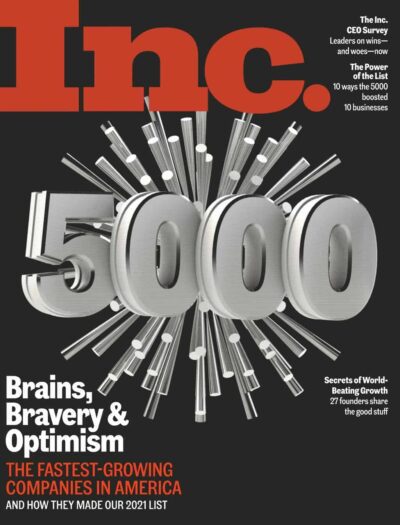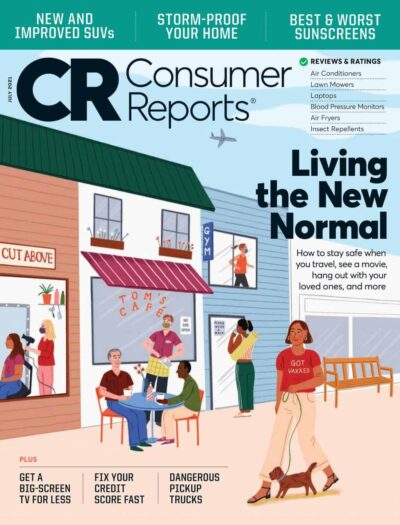

U.S. Births Last Year Fell to Lowest Since 1979
U.S. births declined in 2023 to their lowest level in more than 40 years, continuing a two-decade trend of Americans having fewer children.
Total births for the year fell 2% to 3.59 million, according to preliminary data released Thursday from the U.S. National Center for Health Statistics, a level not seen since 1979, when about 3.4 million U.S. babies were born. The rate of U.S. women of child-bearing age having babies is the lowest since the center began compiling statistics, said Brady Hamilton, an NCHS demographer and lead author of the report.
[time-brightcove not-tgx=”true”]
Birth rates in countries around the world have been declining, mainly in wealthier nations, as economic instability and uncertainty over events like the pandemic discourage people from having children. While countries including France and China have taken measures to try to encourage couples to have children, U.S. birth rates have been stifled by forces like lack of paid family leave and skyrocketing health costs.
Read More: Why Women in Asia Are Having Fewer Babies
Young U.S. adults are making conscious decisions about family planning and want to wait for when they can financially support themselves and the child, said Karen Guzzo, a demographer and the director for the Carolina Population Center at the University of North Carolina at Chapel Hill. Her research shows that Americans cite economic strains, work instability, political polarization, student loans, access to health care, climate change and global conflicts as reasons to delay or not have children.
“People are deliberately parenting,” she said in an interview.
The report from the NCHS, a unit of the Centers for Disease Control and Prevention, is based on birth certificates to show a snapshot of U.S. population trends. It doesn’t look at the factors behind decision-making, like the cost of childcare, Hamilton said.
The U.S. saw a slight uptick in birth rates before the 2008 credit crunch, but they’ve declined overall by 11% since 2000. While the economy has improved since the Great Recession, individual financial strains—like student debt—have increased for young people, Guzzo said. The unstable working hours and lack of paid leave from gig economy jobs such as ride-sharing also decrease control over family planning, she said.
Read More: How the Pandemic Affected U.S. Birth Rates—and What Comes Next
The data indicate that unplanned pregnancies have also fallen, the authors said. Teen birth rates fell by 2% from the year earlier, capping a 68% decline from 2007 levels. The birth rate for women ages 20-24 declined by nearly half since 2007, reaching a record low of 55.4 births per 1,000 women.
Peak birth rates have shifted to women in their 30s and 40s, but those rates declined in 2023 from the year earlier. Hispanic women were the rare group that saw more birth, with a 1% gain.
The total birth rate has remained below the level of replacement since 2007, meaning the U.S. depends on immigration to sustain current population levels. The NCHS will finalize birth data this summer.
Comprehensive policy change might help flip the downturn by contributing to financial stability and helping families raise their standard of living, Guzzo said.
Get the latest work and career updates delivered straight to your inbox by subscribing to our magazine category today. Stay informed and ahead of the game with Subscrb.
The content on this website has been curated from various sources and is for informational purposes only. We do not claim ownership of any of the content posted here, all rights belong to their respective authors. While we make every effort to ensure that the information is accurate and up-to-date, we cannot guarantee its completeness or accuracy. Any opinions or views expressed on this website are solely those of the original authors and do not necessarily represent our own. We do not endorse or take responsibility for the content or actions of external websites or individuals linked from this website. Any reliance on the information provided on this website is done at your own risk. Please note that this article was originally seen on the source website TIME, by the author Jessica Nix / Bloomberg
-
SALE!




Forbes Asia Magazine Subscription
From: RM220 / year -
SALE!


Fortune Magazine Subscription
From: RM118 / year -
OUT OF STOCK




The Economist Magazine Subscription
From: RM1530 / year -


Inc. Magazine Magazine Subscription
From: RM22 / year -


Consumer Reports Magazine Subscription
From: RM22 / year -


Harvard Business Review Magazine Subscription
From: RM83 / month -


Entrepreneur’s Startups Magazine Subscription
From: RM4 / year -


BILLIONAIRE Magazine Subscription
From: RM131 / year



